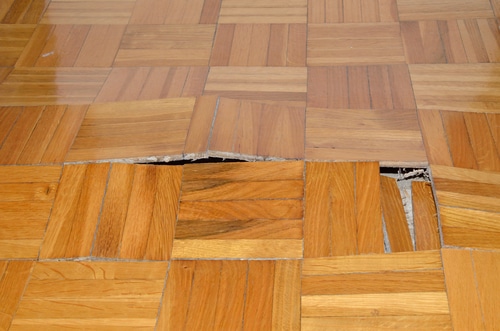How to Discover and also Repair Work Water Leaks-- A Comprehensive Overview
How to Discover and also Repair Work Water Leaks-- A Comprehensive Overview
Blog Article
Everybody maintains his or her own perception when it comes to Locating water leaks.

Early discovery of leaking water lines can alleviate a prospective catastrophe. Some little water leakages might not be visible.
1. Check Out the Water Meter
Every house has a water meter. Inspecting it is a proven way that aids you find leaks. For starters, turn off all the water sources. Guarantee nobody will purge, use the tap, shower, run the cleaning machine or dish washer. From there, most likely to the meter and also watch if it will certainly transform. Given that no person is utilizing it, there must be no motions. That suggests a fast-moving leak if it relocates. If you detect no adjustments, wait an hour or 2 and also inspect back once more. This suggests you may have a sluggish leakage that could even be underground.
2. Inspect Water Usage
Examine your water costs as well as track your water consumption. As the one paying it, you ought to notice if there are any kind of discrepancies. If you find sudden changes, despite your usage being the same, it indicates that you have leaks in your plumbing system. Bear in mind, your water bill ought to fall under the very same array monthly. A sudden spike in your costs suggests a fast-moving leakage.
A constant boost every month, also with the exact same habits, reveals you have a sluggish leakage that's likewise slowly escalating. Call a plumber to completely check your residential or commercial property, specifically if you feel a cozy location on your floor with piping beneath.
3. Do a Food Coloring Examination
When it comes to water usage, 30% comes from commodes. If the shade in some way infiltrates your bowl during that time without flushing, there's a leakage in between the container and bowl.
4. Asses Outside Lines
Do not forget to inspect your exterior water lines as well. Must water leak out of the connection, you have a loose rubber gasket. One small leakage can lose heaps of water as well as spike your water costs.
5. Examine the circumstance and evaluate
Property owners ought to make it a habit to examine under the sink counters as well as also inside cupboards for any bad odor or mold and mildew growth. These 2 red flags show a leak so prompt focus is needed. Doing routine examinations, even bi-annually, can conserve you from a major trouble.
Examine for stainings and compromising as the majority of pipelines and home appliances have a life expectations. If you believe leaking water lines in your plumbing system, don't wait for it to intensify.
Early detection of dripping water lines can minimize a possible disaster. Some tiny water leaks may not be visible. Examining it is a surefire way that helps you find leakages. One small leakage can throw away tons of water and surge your water expense.
If you presume dripping water lines in your plumbing system, don't wait for it to rise.
WARNING SIGNS OF WATER LEAKAGE BEHIND THE WALL
PERSISTENT MUSTY ODORS
As water slowly drips from a leaky pipe inside the wall, flooring and sheetrock stay damp and develop an odor similar to wet cardboard. It generates a musty smell that can help you find hidden leaks.
MOLD IN UNUSUAL AREAS
Mold usually grows in wet areas like kitchens, baths and laundry rooms. If you spot the stuff on walls or baseboards in other rooms of the house, it’s a good indicator of undetected water leaks.
STAINS THAT GROW
When mold thrives around a leaky pipe, it sometimes takes hold on the inside surface of the affected wall. A growing stain on otherwise clean sheetrock is often your sign of a hidden plumbing problem.
PEELING OR BUBBLING WALLPAPER / PAINT
This clue is easy to miss in rooms that don’t get much use. When you see wallpaper separating along seams or paint bubbling or flaking off the wall, blame sheetrock that stays wet because of an undetected leak.
BUCKLED CEILINGS AND STAINED FLOORS
If ceilings or floors in bathrooms, kitchens or laundry areas develop structural problems, don’t rule out constant damp inside the walls. Wet sheetrock can affect adjacent framing, flooring and ceilings.
https://www.servicemasterbyzaba.com/blog/how-to-detect-water-leakage-in-walls/

As an avid reader about Finding hidden leaks, I think sharing that post was worth the trouble. Liked our article? Please share it. Help others check it out. Thank you for your time. Please stop by our site back soon.
Report this page